The 25th and most recent entry in the James Bond franchise, No Time to Die, premiered over four years ago. Since then, there has nonetheless been Bond drama. In 2022, Amazon acquired MGM, and with it the rights to 007. But it took several more years to wrest producer control from Eon productions, run by the Broccoli family’s Barbara Broccoli and her half-brother Michael G. Wilson, scions of the filmic spy empire created by their father Albert “Cubby” Broccoli. (The family claims that the vegetable is named after them, their fortune having been founded by crossing rabe with cauliflower.)
Most recently, writers for the long-delayed upcoming 26th Bond film, set to be directed by Denis Villeneuve, appear to be stumped, plotwise. According to an unnamed “source close to the production” who spoke to RadarOnline, “Writers are tearing their hair out.” At the end of No Time to Die, “Bond didn’t just vanish off a cliff or fake his death – he was blown to pieces on screen. Everyone agrees it was a massive mistake because Bond is supposed to be eternal. They are now stuck trying to find a believable way to resurrect him, and it is proving almost impossible.”
It’s a conundrum for sure. Let me modestly suggest an obvious solution: Bond, having died, can stay dead. There should never be another Bond movie. He has lived his life and fulfilled his purpose.
No Time to Die ended the internally coherent, five-film Daniel Craig saga neatly. Having long since run out of Ian Fleming novels to base movies on, the producers had taken to plumbing the lore of the franchise itself, inventing more backstory for a character so iconic that merely saving the world was not enough. For Craig’s Bond, that meant wrestling with an inability to form trusting, lasting relationships with women – given how many of his femmes turn out to be fatale – and adding baddies that turn out to have a connection to his childhood past, such as the reveal in Spectre (2015) that longtime series big bad Ernst Stavro Blofeld is Bond’s adoptive brother.
No Time to Die, despite some criticism that it had made Bond “woke” by turning Q gay and having the 007 moniker taken up by a black woman, thus found the logical and indeed only way to level up the stakes for a hero who had already bedded 60 years’ worth of Earth’s most gorgeous women, driven the coolest cars, defused nukes, been to space, and helped defeat the Soviet empire: It made him a father. Its climactic scene sees 007 sacrificing himself for his little girl as he tells her mother over the radio, “Madeline, you have made the most beautiful thing I have ever seen. Perfect, because she came from you.” Léa Seydoux’s Madeline assures him, in a stoic attempt to hide her heartbreak with flirtation, that “she does have your eyes.” Bond’s last words are “I know, I know.” Perhaps parents never really die.
The genius of the James Bond character, and the reason it became the most iconic film franchise of all time, is that it fulfills two fantasies at once. The first is of a Britain that did not come undone after winning World War Two. The post-war Britain in which the novels appeared was still in an era of rationing, and it salved a great society’s wounded ego to imagine that her majesty’s agents were not only saving the world, but doing so while sipping Bollinger. The second is male wish-fulfillment. Put a suave man in a situation where competently applied violence is the answer, and he’ll have found his purpose – or so he imagines. Shake (not stir) these two fantasies together, and that’s why people love 007.
No Time to Die had to deal with the baggage of 60 years of film audiences who had already seen Bond fulfill all those wishes, though. So it drew on the unfairly hated source text of On Her Majesty’s Secret Service, the sixth film, starring one-timer George Lazenby. In both No Time to Die and OHMSS, we see Bond undo a sinister biological-weapons plot and drive the same Aston Martin DBS to the same baleful Louis Armstrong song. We also see him break the canonical formula of self-contained stories to do some family formation, in this case getting married to Tracy Bond, who is then tragically gunned down in his arms.
Whether or not the producers intended No Time to Die to be woke, it is a deeply conservative movie, a paean to the goodness of bourgeois values. Its message is ultimately that the best, highest calling of a man is not to be as good at seducing women as possible or at doing violence as possible, which is the thinking of a young man. No, it is to have a family, to be a husband and father, something no number of flings or amount of skill with a Walther PPKs could begin to approach. That is what gave the writers the artistic license to kill Bond at the end of No Time to Die. Our hero had finally actually, after all this time, figured out how to be a man.



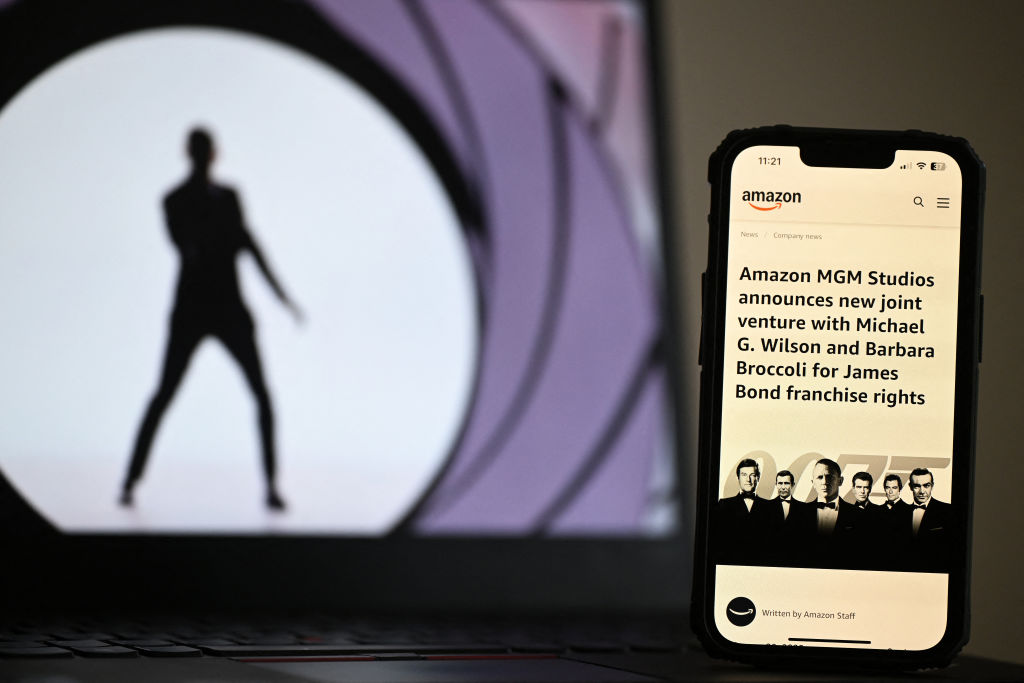






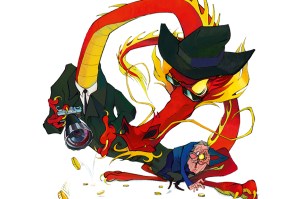
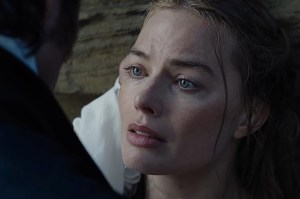

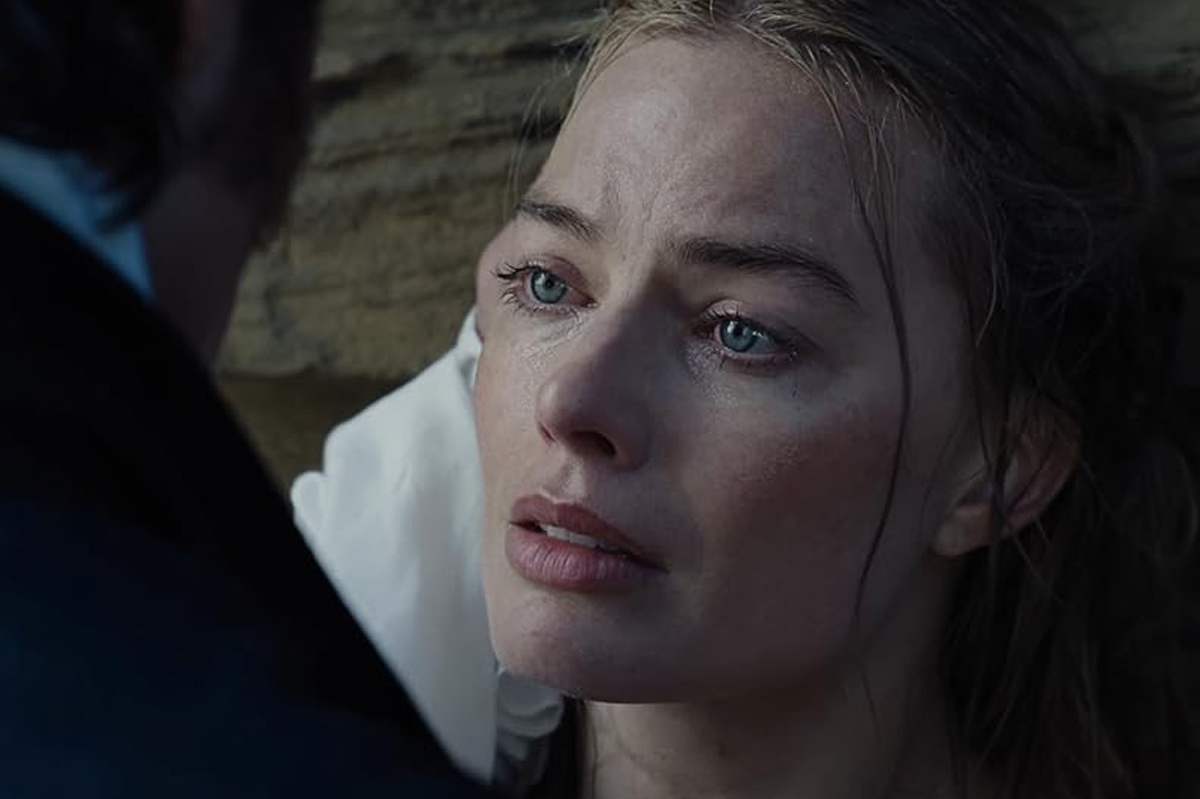


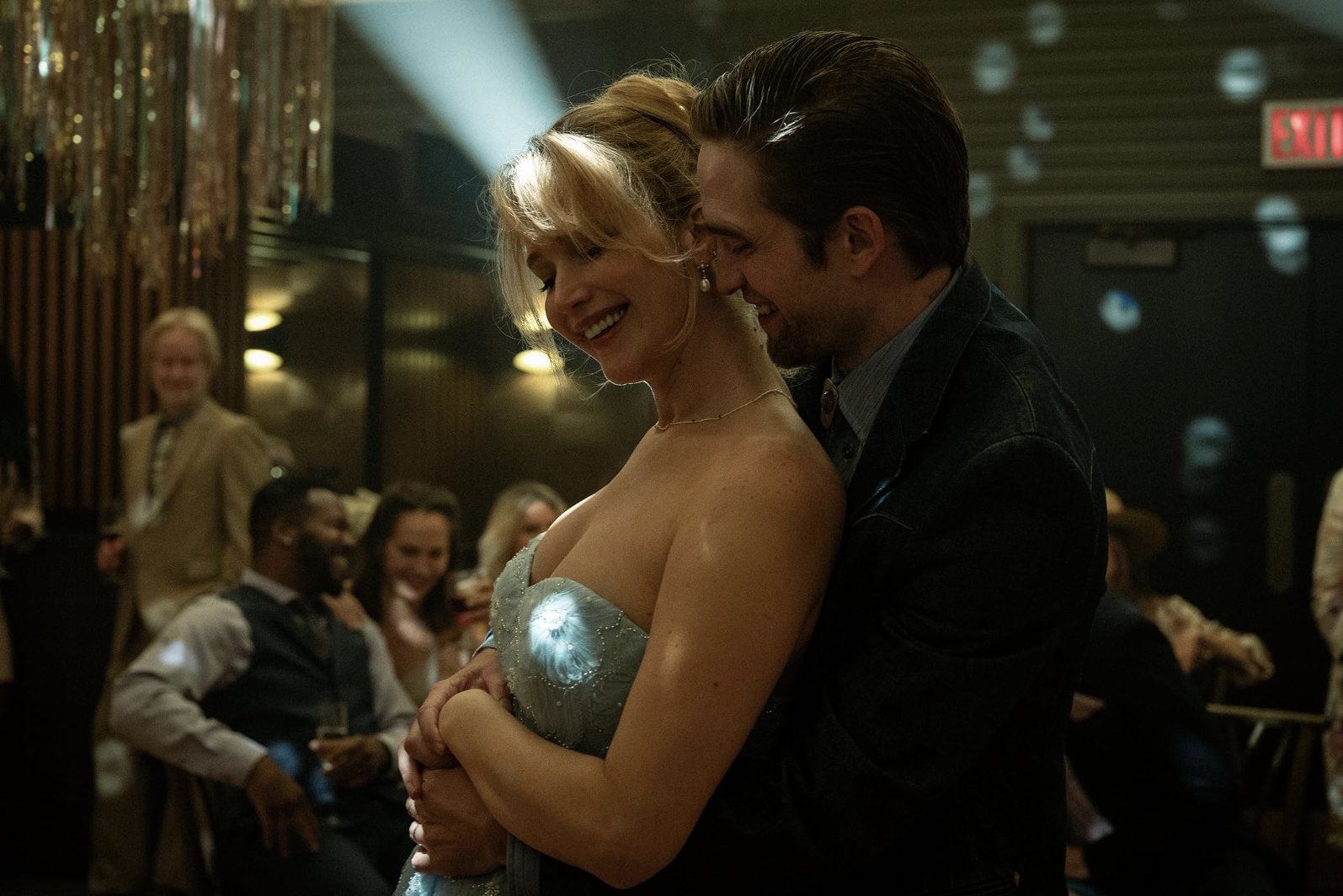









Leave a Reply